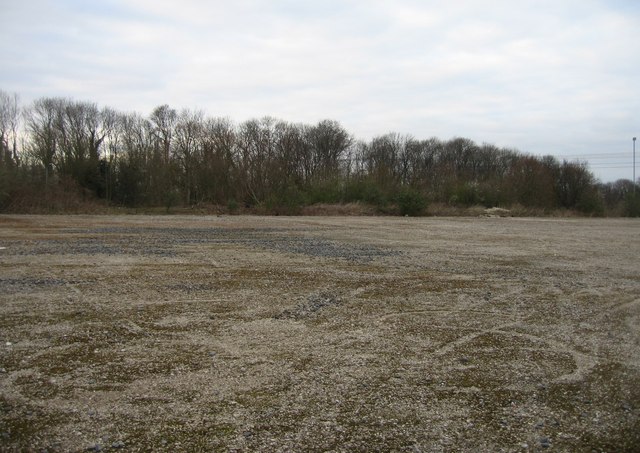In recent years there has been increasing interest to renew urban areas to improve the quality of life for inhabitants. As a result, the development of brownfield land has received particular attention from policy makers and planners because of the extensive benefits development can generate for communities.
Brownfields are historically located in critical areas in communities, such as downtowns or along waterfronts. Brownfields are vacant or underutilized lands, formerly used for commercial or industrial activities, that may be contaminated by low concentrations of dangerous waste or pollution but have the potential for reuse once remediated.Brownfields pose health and safety risks to humans, in addition to environmental risks. Health risks can include pollutants that are harmful to humans when inhaled, ingested or touched. Dangers to humans can occur from debris, dilapidated buildings or old materials. Environmental risk can include the release of pollutants into natural systems. The release of pollutants can negatively affect the conditions of natural systems used by humans. Degrading environmental conditions can also damage biodiversity and native wildlife within or in close proximity to brownfield land.
In the context of Toronto building permits and planning approvals are the responsibility of upper and lower tier municipalities as designated by the Ontario Provincial Government. Toronto’s official plan recognizes the importance of the development of brownfield land in supporting the City in unlocking city-building potential. Toronto’s current Official Plan dictates brownfield development should receive special attention but does not provide specific strategic guidance and incentives for execution.To facilitate the development of brownfield land, municipal governments should expand policies, programs and initiatives to include the acceleration of building permits and planning approvals. With the introduction of accelerating building permits and planning approvals for brownfield development, the economic, social and environmental benefits to urban communities can be enhanced.Since the development of brownfield land poses as a method to improve the conditions of communities it should be given priority. By accelerating building permits and planning approvals, the development process for brownfield land can be shortened to include a reduced or similar time frame to greenfield development. This would prove to be advantageous for attracting developers to brownfield land as they would be able to start and finish projects in a comparable time frame to greenfield land. Essentially, accelerating building permits and planning approvals would allow brownfield development to be competitive with greenfield development.
By Earth Restoration Service blog write Lela Pacitti
Images from WikiMedia


